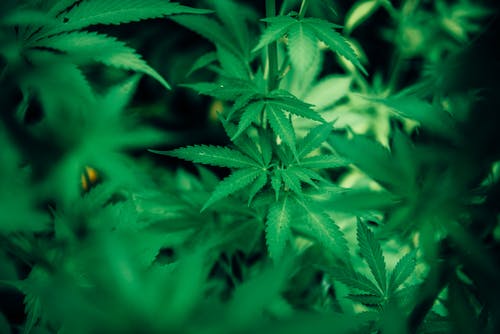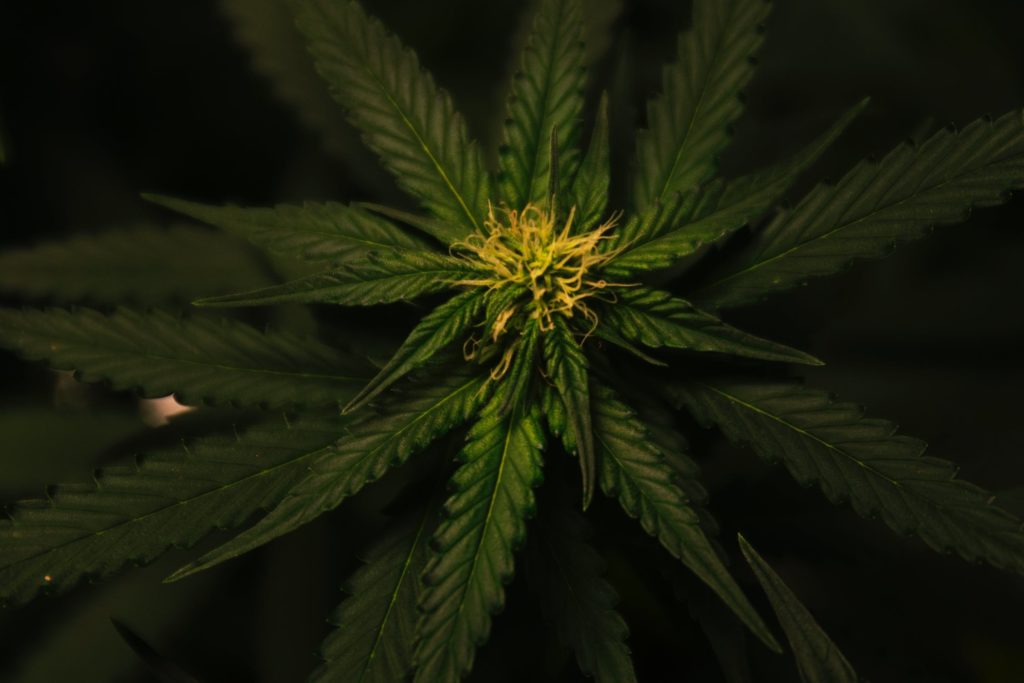More and more people are conscious of the environmental impacts, and that includes weed smokers. From casuals to connoisseurs, many users want to enjoy their favourite strains without feeling guilty, and often, this starts with the flame. A popular alternative to butane lighters is a product made with another form of cannabis: the hemp wick.
Hemp wicks are almost older than recreational cannabis itself, going back more than 10,000 years ago to the first evidence of using the plant. They are also a well-known, more natural alternative to conventional butane lighters within the medical marijuana community. How could hemp wicks also be better for the environment?
What Is A Hemp Wick?
 Hemp wicks are made by working hemp fibres into twine. Hemp twine in and of itself is too dry to be an effective light, so almost all wicks are coated in beeswax. The wax lets it burn at a slow and steady rate. The final product is an incredibly versatile twine that can be used for almost any activity imaginable.
Hemp wicks are made by working hemp fibres into twine. Hemp twine in and of itself is too dry to be an effective light, so almost all wicks are coated in beeswax. The wax lets it burn at a slow and steady rate. The final product is an incredibly versatile twine that can be used for almost any activity imaginable.
Many users feel lighting up with a hemp wick makes the hits smoother because the wick burns at a lower temperature than a lighter. It can also increase the potential to appreciate the terpenes in cannabis – terpenes are the compounds in plants that give them unique flavours and aromas. The flame on a strand of raw hemp wick won’t go out, it’s more precise, and the slow-burning wick makes it easy to hold and control your bud as you light. But how could it be better for the environment?
Why Might Hemp Wicks Be Better For The Environment Than Butane?
Hemp wicks are ideal because they burn cleaner and with fewer carbon emissions than ordinary lighters. They also eliminate the risk of inhaling flint dust, which can happen as you hold the lighter up to your face. The materials are also more environmentally sustainable – both hemp and beeswax are natural. Butane comes from natural gas, which, as you may already know, is not a renewable resource.
are ideal because they burn cleaner and with fewer carbon emissions than ordinary lighters. They also eliminate the risk of inhaling flint dust, which can happen as you hold the lighter up to your face. The materials are also more environmentally sustainable – both hemp and beeswax are natural. Butane comes from natural gas, which, as you may already know, is not a renewable resource.
Most lighters come in a casing that is also non-renewable. The standard lighter you “flick” is made from plastic and many tiny metal parts; users can neither recycle these components nor refill the lighter. Putting it in perspective: the leading disposable lighter company sells 250 million of these a year in North America.
Of course, hemp wicks don’t light the weed in and of themselves – the user still has to ignite them. A hemp wick can also extend the life of the butane lighter you do have, reducing how often you have to throw them out. Instead of using the lighter many times, you only have to flick it once. You can also use an alternate device, like a match (which you otherwise shouldn’t use for a joint) or a refillable lighter like a Zippo.
Don’t let the balls of twine on the market fool you – hemp wicks are easy to carry with you. Just wrap a segment around your lighter or keep one in your pocket. It’s a small but meaningful way of reducing the environmental impact of your toking, and you might find it enhances the flavour of your favourite strain!

